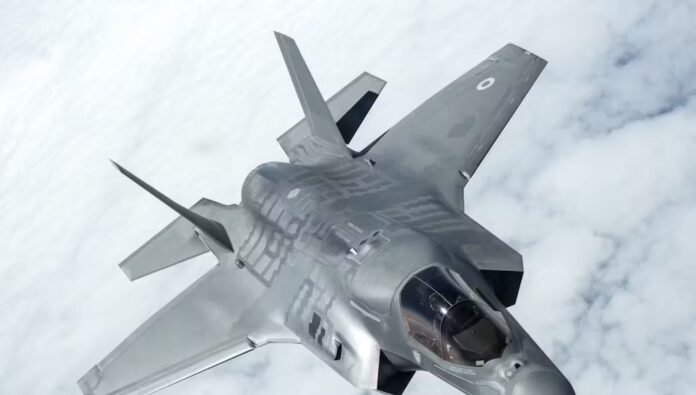The United Kingdom is set to purchase 12 new F-35A fighter jets capable of carrying nuclear bombs, marking what Downing Street has described as “the biggest strengthening of the UK’s nuclear posture in a generation.”
Prime Minister Sir Keir Starmer is expected to formally announce the acquisition during the NATO summit taking place in the Netherlands this week.
The jets, which can also deploy conventional munitions, will join NATO’s airborne nuclear mission, an initiative involving allied aircraft armed with American B61 nuclear bombs pre-positioned across Europe.
The move positions the UK alongside seven other NATO members, including the US, Germany, and Italy, that already operate dual-capable aircraft as part of the alliance’s deterrent strategy.
Final use of nuclear weapons would still require authorization from NATO’s Nuclear Planning Group, as well as the US president and the British prime minister.
“In an era of radical uncertainty we can no longer take peace for granted, which is why my government is investing in our national security,” said Prime Minister Starmer.
The new jets will be stationed at RAF Marham in Norfolk, and their longer range and larger payload capacity offer a significant upgrade over the F-35B variant currently used by the RAF and Royal Navy.
Unlike the F-35B, which is designed for aircraft carrier operations with short take-off and vertical landing capability, the F-35A offers greater versatility and endurance in long-range missions.
Defence Secretary John Healey said the decision will bolster the NATO deterrent and support 20,000 jobs and over 100 UK companies in the supply chain. “This is a strategic investment in our collective security,” he told BBC Breakfast.
NATO Secretary-General Mark Rutte welcomed the move, calling it “yet another robust British contribution to NATO.”
While the UK’s primary nuclear deterrent remains its submarine-launched Trident missiles, which carry UK-made warheads on US-built missiles, this new air-based capability revives a dimension of British defence not seen since 1998, when the RAF retired its last nuclear-armed aircraft.
However, experts caution that the RAF will need time to rebuild its nuclear strike readiness. Justin Bronk of the Royal United Services Institute noted that although the UK will have aircraft capable of delivering US nuclear bombs, Washington will still control their release, a point that may raise strategic sovereignty concerns.
The announcement comes shortly after the publication of the UK’s new national security strategy, which warns of increased nuclear threats and urges preparation for potential attacks on the homeland.
As part of broader defence reforms, the UK has committed to meeting NATO’s new target of allocating 5% of GDP to national security by 2035, with 3.5% dedicated to core defence.
Written By Rodney Mbua



















